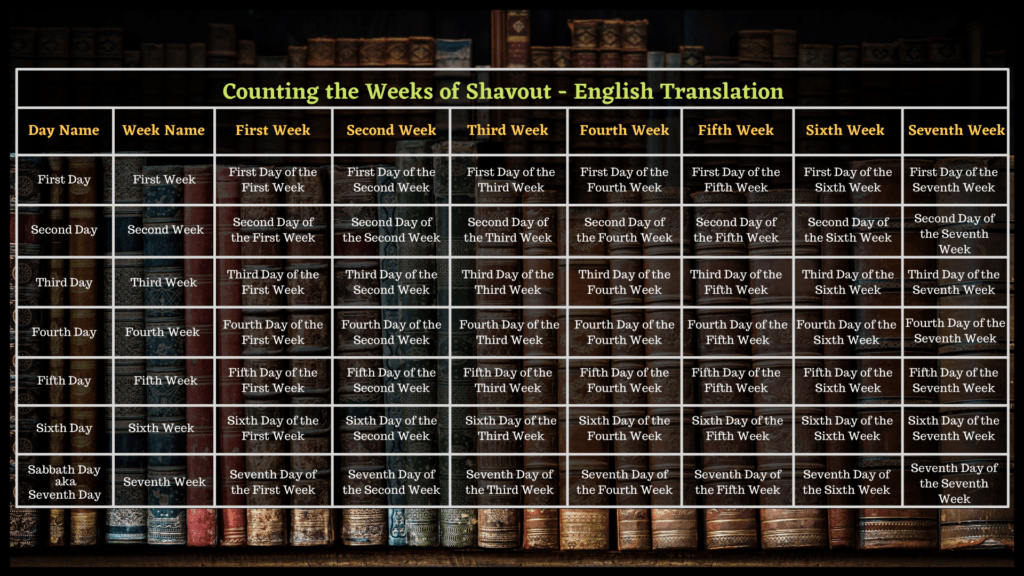Ancient Hebrew Days of the Week
Calculations of years, months and days in the Gregorian calendar are based on fixed hours equal to 1/24 of a day. The ancient Hebrew’s day (yom) was based on the local time of sunset, and a day went from sunset to sunset and didn’t have a fixed duration. If you’re doing something on a Gregorian calendar day at a time after sunset, you’d be on the next day of the Hebrew calendar. For example, Pesach (Passover) would begin at sunset the day before the date specified as the holy/set-apart day and ends at sunset on the day specified.

The word yom pertains to the concept of time, not just for day(s), but for time in general. How yom is translated depends on its use in a sentence, it’s used similarly to the way the word day is used in the English language.
Yom is used in the name of numerous Hebrew festivals, such as, Yom Kippur (Day of Atonement) or Yom Teruah (Day of Blasting), and to identify the days of the week, such as, Yom Rishon (the First Day) or Yom Shabbat (the Sabbath Day).

Shabbat
Shabbat (Sabbath) is a day of rest and prayer for Hebrews. It starts at sunset on Yom Shishi, the 6th day of the week (Friday), and finishes at sunset on the 7th day (Saturday). They had to abstain from physical work, and any other activities forbidden by the Scriptures on Shabbat.
The Hebrew religion doesn’t have names for the days of the week. Sunday is called Yom Rishon (First Day) and Monday is Yom Sheni (Second Day), and so on. Because we are invariably counting down to the Shabbat each time we say the day of the week, it helps us fulfill the divine law of (Exodus 20:8) to always “remember Shabbat to keep it holy.”
Refer to the “Counting the Weeks Table” below for additional information pertaining to The Festival of Shavuot.
Counting the Weeks of Shavuot – Hebrew Names

Counting the Weeks of Shavuot – English Translation

To see more information about this topic or other religious topics, you may check the books and magazines available at www.wisdomebooksclub.com or visit our peals of wisdom page page by clicking on this link to access more interesting blog articles, games, quizzes, music videos, religious poems, Jewish recipes, popular sermons, and more.
